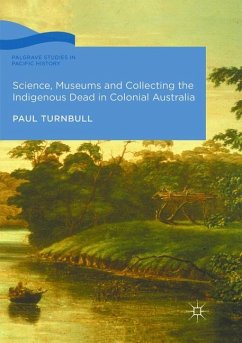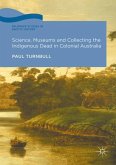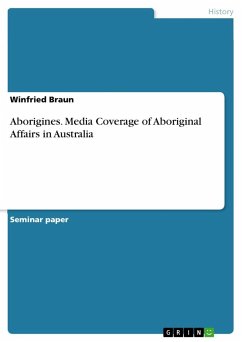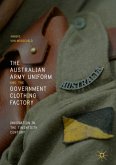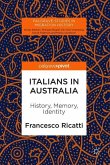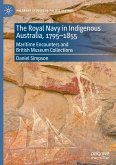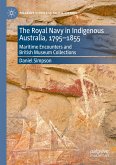This book draws on over twenty years' investigation of scientific archives in Europe, Australia, and other former British settler colonies. It explains how and why skulls and other bodily structures of Indigenous Australians became the focus of scientific curiosity about the nature and origins of human diversity from the early years of colonisation in the late eighteenth century to Australia achieving nationhood at the turn of the twentieth century. The last thirty years have seen the world's indigenous peoples seek the return of their ancestors' bodily remains from museums and medical schools throughout the western world. Turnbull reveals how the remains of the continent's first inhabitants were collected during the long nineteenth century by the plundering of their traditional burial places. He also explores the question of whether museums also acquired the bones of men and women who were killed in Australian frontier regions by military, armed police and settlers.
"Science, Museums and Collecting the Indigenous Dead in Colonial Australia offers a valuable contribution to the historiography of racial science and collecting in Australia. ... The book is worthwhile reading not only for historians of science and medicine, scientists and museum professionals, and those work in the field of repatriation, but for anyone interested in the material and affective legacies concerning the colonial oppression of Australia's Indigenous peoples." (Eugenia Pacitti, Health and History, Vol. 22 (2), 2020)
"Turnbull's work is a rigorous and lively testimony to the significance of the history of science discipline for contemporary issues of indigeneity and postcoloniality. ... Historians of science and collections, museum professionals, scientists, and activists concerned with repatriation will therefore find this book useful and valuable reading." (Ricardo Roque, Isis, Vol. 111 (1), 2020)
"The strength of Turnbull's book is the systematic way he works through the different processes of collecting. ... Turnbull's ground-breaking work reads as two separate books: one on the removal of the remains and the other on the return of remains. However, in both areas, Turnbull has made a significant contribution to both the study and practice." (Gareth Knapman, History Australia, Vol. 16 (3), 2019)
"Turnbull's work is a rigorous and lively testimony to the significance of the history of science discipline for contemporary issues of indigeneity and postcoloniality. ... Historians of science and collections, museum professionals, scientists, and activists concerned with repatriation will therefore find this book useful and valuable reading." (Ricardo Roque, Isis, Vol. 111 (1), 2020)
"The strength of Turnbull's book is the systematic way he works through the different processes of collecting. ... Turnbull's ground-breaking work reads as two separate books: one on the removal of the remains and the other on the return of remains. However, in both areas, Turnbull has made a significant contribution to both the study and practice." (Gareth Knapman, History Australia, Vol. 16 (3), 2019)

